Highly abrasive, alkaline or acidic materials and chemicals, such as sharp metal tools, mortar, strong cleansers and muriatic acid, can damage even the most durable anodize finish. These damaging agents often can be found around anodized aluminum during building construction and routine maintenance. If these materials and chemicals need to be used near anodized aluminum, great care should be taken to protect the finish from direct contact.
As your single source solution for architectural finishing, Linetec ensures your anodized aluminum is finished as specified for your project’s application. We want your finished material to look and perform its best before, during and after installation. Here are reminders to minimize the potential for damage and maximize your best results.
 Specify AAMA 611, Class I
Specify AAMA 611, Class I
Created through an electro-chemical process, the anodize finish forms an integral layer that protects the structural integrity of the underlying aluminum. The architectural anodize finish results in an extremely hard surface, comparable to that of a sapphire. Specified to meet AAMA 611 industry standards, Class I anodized aluminum is exceptionally durable and long-lasting.
Class I coating has a mil thickness of 0.7 (18 microns) or greater. It is a low-maintenance, high-performance anodic finish used primarily for exterior building products and other products that must withstand continuous outdoor exposure. It also provides excellent resistance to scratches, bumps and wear, even in high-traffic environments.
Class I anodized aluminum offers better chemical resistance than Class II, which has a minimum mil thickness of 0.4 (10 microns). However, all anodize aluminum remains vulnerable to strong acids, abrasive tools and highly alkaline materials. Normal day-to-day use will not expose an anodize finish to these types of substances, however, these damaging materials are more likely to come into contact with anodized aluminum components when a building is being constructed, renovated or cleaned.
 Watch out when mixing these materials
Watch out when mixing these materials
• Dissimilar materials – Architectural designs often incorporate many different materials, making possible contact between dissimilar metals and other materials an important consideration. If questions occur regarding compatibility, the manufacturer of the aluminum products should be contacted.
• Welding flux – Welding fluxes can cause damage to aluminum during installation, and should be immediately flushed from the surface with water if accidental contact is made. Care also should be taken to ensure heat generated during welding does not affect the finish. Applying high temperature to anodize and painted coatings can permanently damage or discolor the finish.
• Tar roofing – When tar roofing is applied, the roofing should be graveled on the same day to minimize staining from run-down. Failure to avoid contact with the aluminum will result in staining that is extremely difficult to remove.
• Masonry work – The major source of damage to in-place aluminum components usually comes from the splashing, splattering or run-down from adjacent or overhead masonry work. Acids used for cleaning operations also pose a serious problem. Any mortar, plaster, concrete, fireproofing, sprays, paints or other wet preparations that inadvertently splash upon the aluminum must be immediately wiped clean before they dry and the affected area washed liberally with water.
Take care with chemicals and cleaners
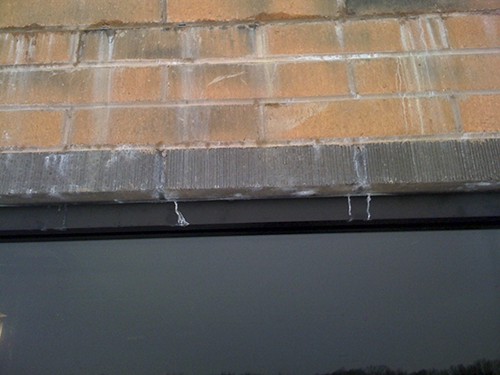 • Chemical attack – Chemical attack occurs when acid or alkaline materials come in contact with aluminum finishes, especially an anodized finish. The most common occurrence is when mortar or muriatic acid is allowed to dwell, even for a short time, on a window or aluminum building component. Once the finish is visually affected, irreversible damage has occurred and the discolored item may need to be replaced.
• Chemical attack – Chemical attack occurs when acid or alkaline materials come in contact with aluminum finishes, especially an anodized finish. The most common occurrence is when mortar or muriatic acid is allowed to dwell, even for a short time, on a window or aluminum building component. Once the finish is visually affected, irreversible damage has occurred and the discolored item may need to be replaced.
• Strong cleaners – If strong cleaners are used to clean brickwork and masonry, they should be confined to the area being cleaned. Cleaners strong enough to dissolve mortar spots on brick will surely damage any aluminum finish and possibly the underlying metal. Accidental contact from these solutions should be flushed from the aluminum surface immediately with clean water. Cleaning also should be avoided on sun-heated anodized aluminum surfaces because the heat will accelerate any chemical reactions.
• Abrasive tools – Highly abrasive cleaning tools, including metal scrappers used to remove dried on splatters, can scratch an anodized surface. If a scrapper does need to be used, say in the event of mortar exposure, it should be made of plastic or wood.
Being cautious with the materials and chemicals listed above not only are best practices, they also may be a requirement of the anodized aluminum’s warranty. When the project is completed, remember to inform the building owner and facility manager about the cleaning and maintenance instructions that will contribute to their long-lasting finished products.
For personalized assistance in selecting, specifying and caring for anodized aluminum, please contact us
Contact Linetec
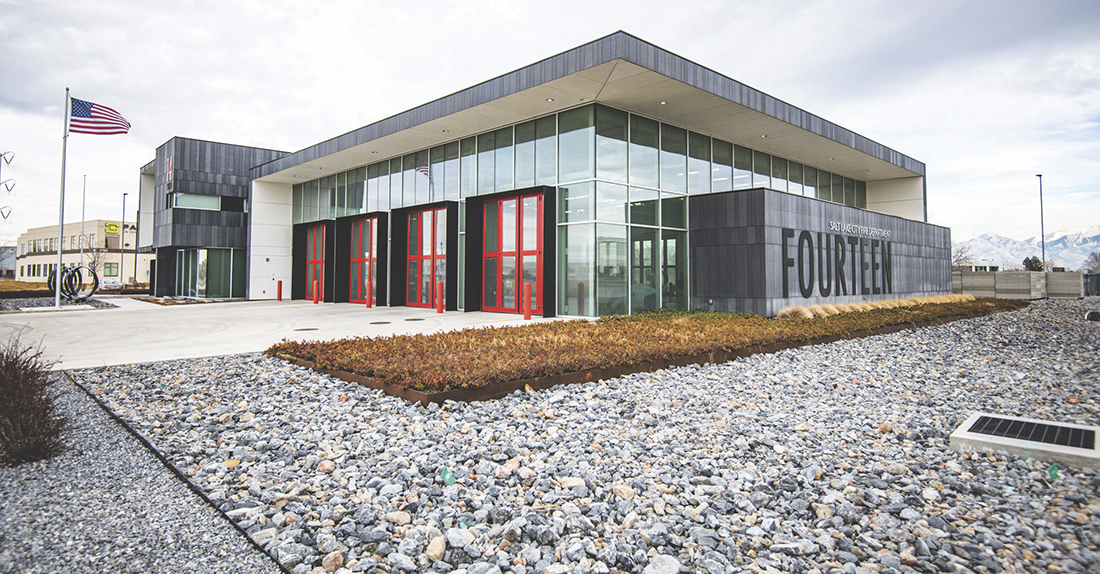

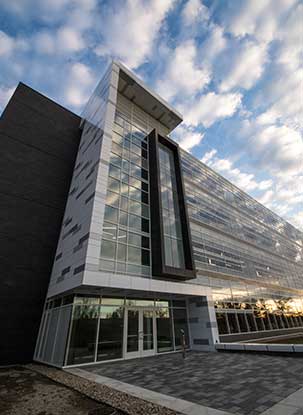
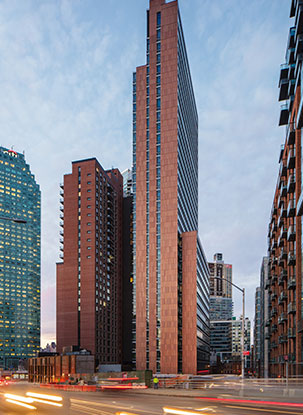
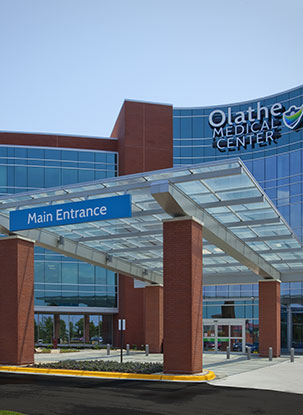

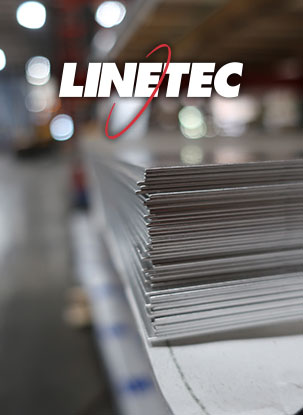
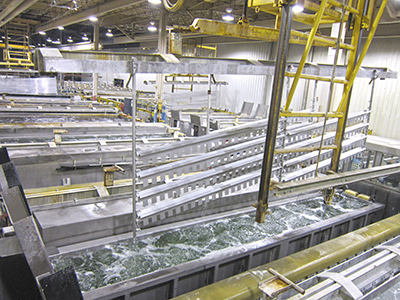 Specify AAMA 611, Class I
Specify AAMA 611, Class I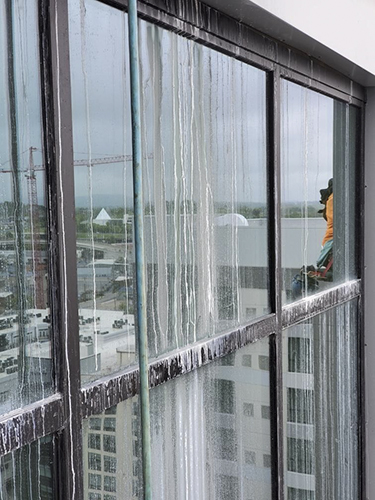 Watch out when mixing these materials
Watch out when mixing these materials